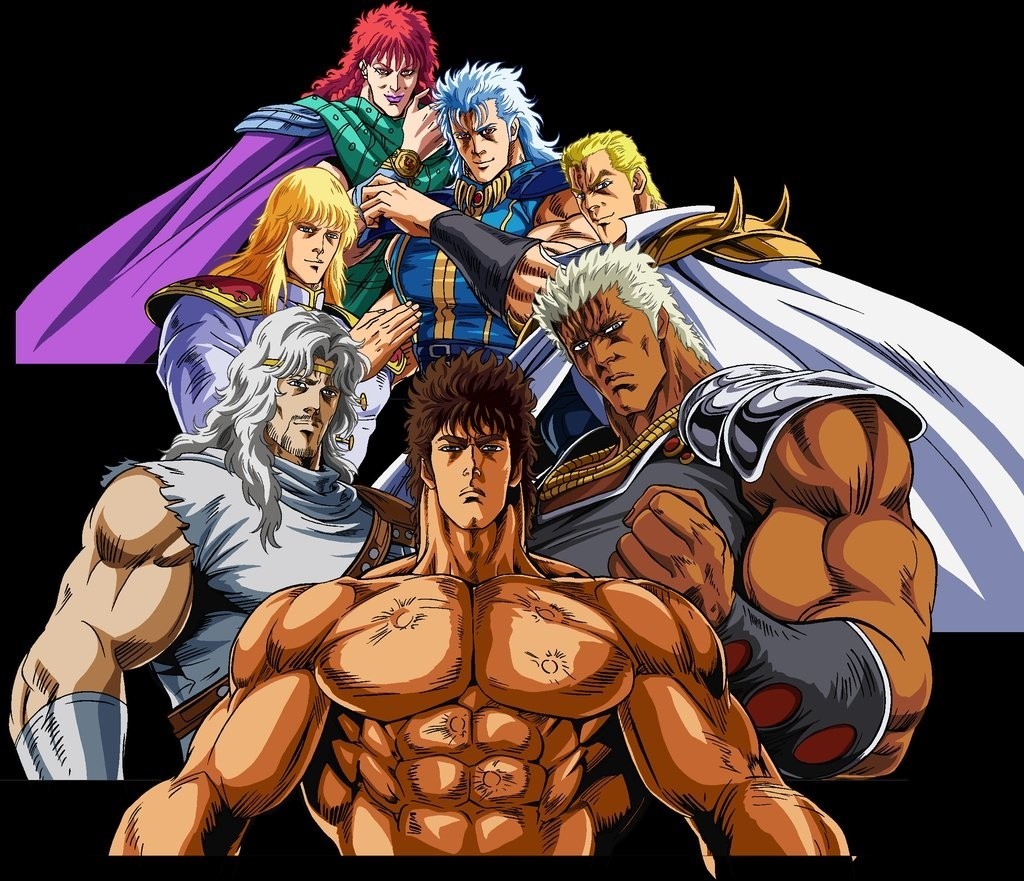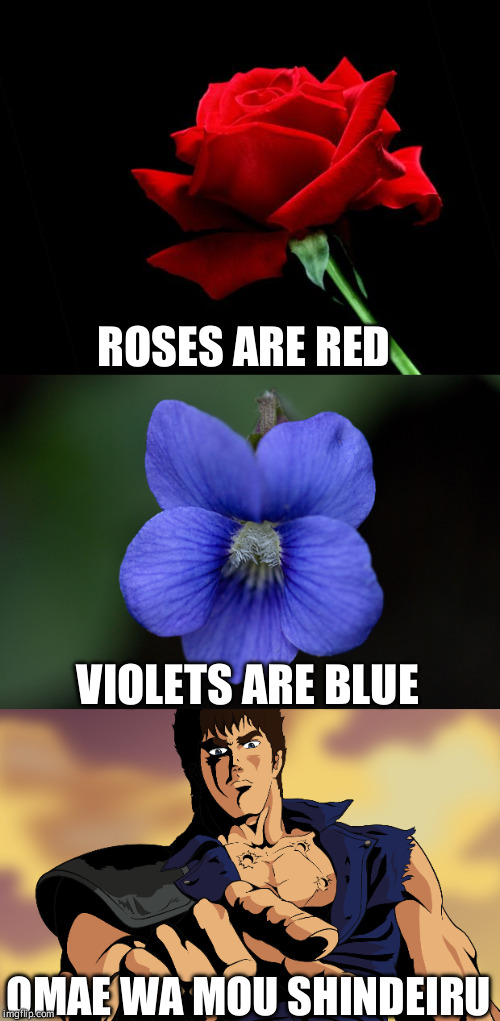

While some people may not be familiar with Hokuto no ken due to its violent content, they may enjoy Shochu, a famous Japanese alcoholic beverage. “Omae wa mou shindeiru” Japanese sake called Shochu ・I always wonder where Kenshiro is getting new clothes. ・”You’ve already dead” It’s a line I don’t want to hear from a doctor. ・Fist of the North Star, the most unforgettable line. Japanese reactions to “Omae wa mou shindeiru.” So, please be careful when using this phrase. Using it with younger people could be offensive unless they are anime and manga fans. If you want to use the phrase, it’s best to direct it toward the middle-aged group, who are more likely to recognize it and respond positively. However, Hokuto no Ken is still famous among anime and manga enthusiasts and middle-aged people. The phrase is no longer used, and younger people in Japan may not be familiar with it. Reading Shonen Jump became a social phenomenon, with even parents reading the magazines.ĭuring that time, almost everyone knew the phrase “Omae wa mou shindeiru” from Hokuto no Ken, but I was surprised to learn that my parents even used it at their workplaces. When I went to the bookstore to buy the magazine, other boys sometimes asked me why I was buying it since I was a girl, but they were joking.
.jpg)
I eagerly looked forward to buying the magazine weekly as the stories continued from one issue to the next. The magazine was inexpensive, so many children could purchase and read it. When I was a child, I used to buy the Shonen Jump magazine every week after school, even though it was intended for boys. Slump Arare Chan, Cat’s Eye, Kinniku Man, and more.
Hokuto no ken nani series#
The manga was published in the weekly boy’s magazine “Shonen Jump,” which also featured other popular manga series such as Captain Tsubasa, Saint Seiya, Dr. “Hokuto no Ken” is an old manga, and during its time, kids were famous for saying “Omae wa mou shindeiru” in the classroom.

However, it was a common phrase among kids about 30 years ago. Japanese people do not use “Omae wa mou shindeiru” in daily conversations. What does “Nani” mean in Japanese internet slang? Do Japanese people use “Omae wa mou shindeiru” in their conversation? So, while it may be a famous phrase in memes and entertainment, it’s best to avoid using it in everyday conversation. Using “Omae wa mou shindeiru” disrespectfully or rudely would be considered impolite and inappropriate. In Japanese culture, it’s essential to use formal language and show respect when addressing someone older or with a higher status. The phrase “wa” means “are,” “mou” means “already,” and “shindeiru” means “dead.” It’s important to note that “Omae wa mou shindeiru” can sound harmful or disrespectful if misused. The word “Omae” is the male form of “you” in Japanese, and it can come across as rough or aggressive.
Hokuto no ken nani movie#
The Japanese phrase “Omae wa mou shindeiru” translates to “You are already dead.” Similarly to “Hasta la Vista” from the 1991 American movie “Terminator 2: Judgment Day,” it conveys a sense of finality or dismissal. Nevertheless, Hokuto no Ken has gained a widespread following and is recognized in many countries today thanks to the growing popularity of Japanese culture. However, despite its popularity, some parents forbade their children from reading the series because of its violent content. So if you’ve learned the phrase “Omae wa mou shindeiru” from this series, you can now understand its context and use within the story.Īlthough Hokuto no Ken was primarily aimed at a male audience, the series also attracted many female readers due to its blend of martial arts action and romantic themes. He moves swiftly and skillfully to take down groups of opponents, similar to the fighting style portrayed in the American film “Kiss of the Dragon.” In Hokuto no Ken, Kenshiro’s ultimate goal is to rescue his fiancée Yuria from the series’ most decisive and final boss, Rao. Kenshiro often uses this phrase after defeating his enemies, which he accomplishes through his unique martial arts style. If you’re familiar with the Japanese manga series Hokuto no Ken, you may recognize “Atah!” or “Hidebu!” In addition, the famous quote “Omae wa mou shindeiru” is also used frequently in the series, particularly by the main character Kenshiro. Where does the phrase “Omae wa mou shindeiru.” come from?


 0 kommentar(er)
0 kommentar(er)
